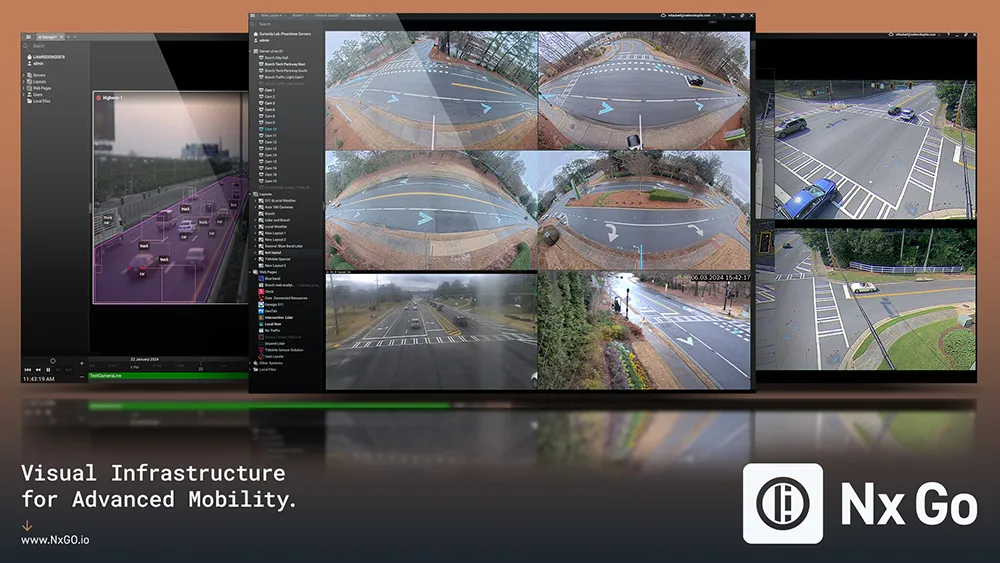HP Software has been awarded a contract by the city of Auckland, New Zealand to deliver a Big Data project designed to provide a safer community and more efficient roadways for its citizens.
Auckland Transport, the government agency responsible for all of Auckland’s transportation infrastructure and services, will deploy video analytics powered by HP IDOL on servers and storage from HP Enterprise Group, and with support from HP Software Professional Services.
Auckland Transport will use HP’s integrate
October 2, 2014
Read time: 2 mins
HP Software has been awarded a contract by the city of Auckland, New Zealand to deliver a Big Data project designed to provide a safer community and more efficient roadways for its citizens.
Auckland Transport, the government agency responsible for all of Auckland’s transportation infrastructure and services, will deploy video analytics powered by HP IDOL on servers and storage from HP Enterprise Group, and with support from HP Software Professional Services.
Auckland Transport will use HP’s integrated big data platform, HAVEn, to analyse, understand and act on vast quantities of data of virtually any type including text, images, audio and real-time video. The system will leverage data from a variety of sources, including thousands of security and traffic management cameras, a vast network of road and environmental sensors as well as real-time social media and news feeds.
In the first phase of the project, Auckland Transport will focus on improving public safety. Law enforcement will use HP Intelligent Scene Analysis System and licence plate recognition for accurate identification and scene analysis for dangerous activities and analysing safety threats from over 2,000 cameras deployed within the city. Going forward this information will be linked with insight from social media news sources to provide a comprehensive solution that can proactively identify breaking trends and respond to critical safety incidents for cyclists and transport users.
“The safety and well-being of our citizens is always our top priority and the Future Cities initiative is a big step in the right direction,” said Roger Jones, CIO Auckland Transport.
Auckland Transport, the government agency responsible for all of Auckland’s transportation infrastructure and services, will deploy video analytics powered by HP IDOL on servers and storage from HP Enterprise Group, and with support from HP Software Professional Services.
Auckland Transport will use HP’s integrated big data platform, HAVEn, to analyse, understand and act on vast quantities of data of virtually any type including text, images, audio and real-time video. The system will leverage data from a variety of sources, including thousands of security and traffic management cameras, a vast network of road and environmental sensors as well as real-time social media and news feeds.
In the first phase of the project, Auckland Transport will focus on improving public safety. Law enforcement will use HP Intelligent Scene Analysis System and licence plate recognition for accurate identification and scene analysis for dangerous activities and analysing safety threats from over 2,000 cameras deployed within the city. Going forward this information will be linked with insight from social media news sources to provide a comprehensive solution that can proactively identify breaking trends and respond to critical safety incidents for cyclists and transport users.
“The safety and well-being of our citizens is always our top priority and the Future Cities initiative is a big step in the right direction,” said Roger Jones, CIO Auckland Transport.









